What we know about the early Chinese dynasties can be attributed to both historical studies and to many legends. The great empire of China arose from the actions of three different dynasties: Xia, Shang and Zhou. The first forms of political organization appeared in China around the end of the third millennium BC. The title of monarch was passed to the person considered most virtuous by the whole community. But by approximately 2000 BC, Qi, the son of King Yu, proved so skilled as to be immediately declared as his father’s successor at the time of his death. This introduced the first hereditary dynasty in Chinese history, the Xia dynasty. The empire was spread over a large area, which was delineated by the Yellow River. This area included the current regions in the east of Shandong and Shanxi to the west.
The economy was based on agriculture, crafts, and on advanced techniques of working with bronze. In 1776 BC, Emperor Jie, the seventeenth ruler of the Xia Dynasty, was dethroned due to his corruption and cruelty by T'ang Cheng, head of the Shang clan, a large and powerful family from the city of Yion, known as Anyang today. The new Shang dynasty claimed to have direct relations with the afterlife world through shamans. This was used to justify their power and led to the establishment of a theocracy by the emperor. It was under this dynasty that the first characters of Chinese writing were created. The empire was divided into three zones: the central one, controlled directly by the sovereign, the second, administered by his staff, and the third, the outer region, which acted as a buffer state. In the third region the emperor only collected taxes. This area, on the western edges of the Shang territory, was where the Zhou dynasty lived. Taking advantage of the help of Barbarian tribes, the Zhou dynasty rebelled against the emperor Di Xin. He was defeated during the Battle of Muye in 1122 BC. The Zhou thus became the new rulers of China and the third dynasty of Chinese emperors was born.
With the Zhou, China underwent deep transformations. The empire extended its dominions to the north, and in 770 BC the capital, Hao, was transferred to Luoyi. The Chinese empire was divided into several states organized on a feudal model. Due to this division, the various military leaders began to contend for power. In 453 BC, the fight escalated into a real civil war. China was fragmented into many kingdoms, which were only reunited in 221 BC with the arrival of the new Qin dynasty. A new Chinese Empire was born. It would last until 1911 through different dynasties.
The economy was based on agriculture, crafts, and on advanced techniques of working with bronze. In 1776 BC, Emperor Jie, the seventeenth ruler of the Xia Dynasty, was dethroned due to his corruption and cruelty by T'ang Cheng, head of the Shang clan, a large and powerful family from the city of Yion, known as Anyang today. The new Shang dynasty claimed to have direct relations with the afterlife world through shamans. This was used to justify their power and led to the establishment of a theocracy by the emperor. It was under this dynasty that the first characters of Chinese writing were created. The empire was divided into three zones: the central one, controlled directly by the sovereign, the second, administered by his staff, and the third, the outer region, which acted as a buffer state. In the third region the emperor only collected taxes. This area, on the western edges of the Shang territory, was where the Zhou dynasty lived. Taking advantage of the help of Barbarian tribes, the Zhou dynasty rebelled against the emperor Di Xin. He was defeated during the Battle of Muye in 1122 BC. The Zhou thus became the new rulers of China and the third dynasty of Chinese emperors was born.
With the Zhou, China underwent deep transformations. The empire extended its dominions to the north, and in 770 BC the capital, Hao, was transferred to Luoyi. The Chinese empire was divided into several states organized on a feudal model. Due to this division, the various military leaders began to contend for power. In 453 BC, the fight escalated into a real civil war. China was fragmented into many kingdoms, which were only reunited in 221 BC with the arrival of the new Qin dynasty. A new Chinese Empire was born. It would last until 1911 through different dynasties.
RELATED


THE FRENCH REVOLUTION
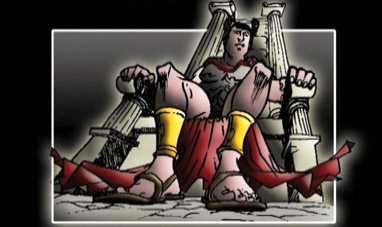

THE EDICT OF MILAN


THE INDUSTRIAL REVOLUTION


DISCOVERY OF AMERICA, THE


THE SOVIET INVASION OF AFGHANISTAN


THE FIRST MOON LANDING


THE CHERNOBYL ACCIDENT


NORMANDY LANDINGS


THE FIRST INTIFADA


THE ABU GHRAIB SCANDAL


THE SECOND INTIFADA


THE SUEZ CRISIS


GREAT SCHISM, THE


THE OUTBREAK OF WORLD WAR I


FIVE DAYS OF MILAN
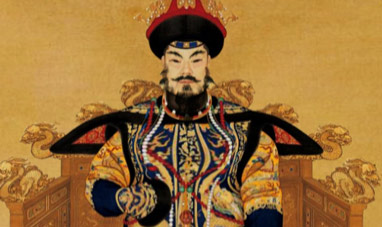

QIN SHI HUANG


THE CUBAN MISSILE CRISIS
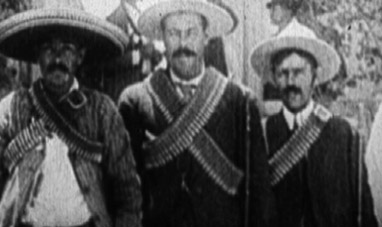

THE MEXICAN REVOLUTION


THE TAIWAN ISSUE
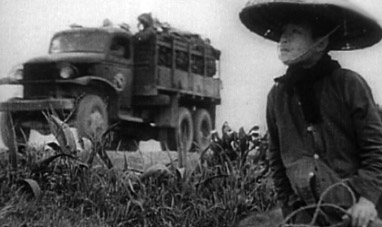

THE VIETNAM WAR


NATO (NORTH ATLANTIC TREATY ORGANIZATION)
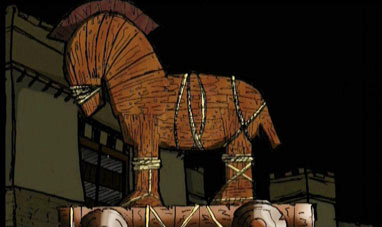

THE TROJAN WAR
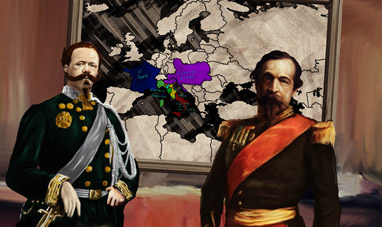

PLOMBIÈRES AGREEMENTS


THE CONGRESS OF VIENNA


THE PROTESTANT REFORMATION
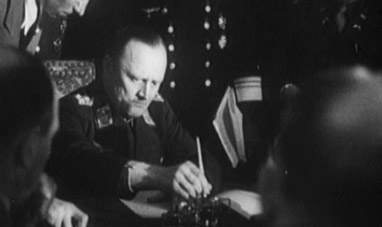

YALTA AND POTSDAM: NEW WORLD ORDER


THE MUNICH MASSACRE
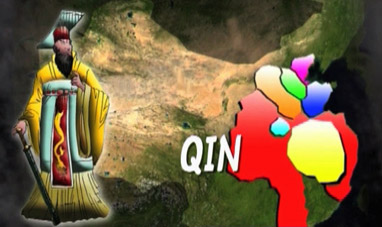

THE FIRST CHINESE EMPEROR AND THE QIN DYNASTY


THE BATTLE OF HASTINGS


THE VAJONT DISASTER


BUILDING THE SUEZ CANAL


THE DREYFUS AFFAIR


THE BALKAN WARS OF THE 1990S


THE FALL OF THE BERLIN WALL


FOUNDING OF UNITED ARAB EMIRATES


THE 1973 CHILEAN COUP
